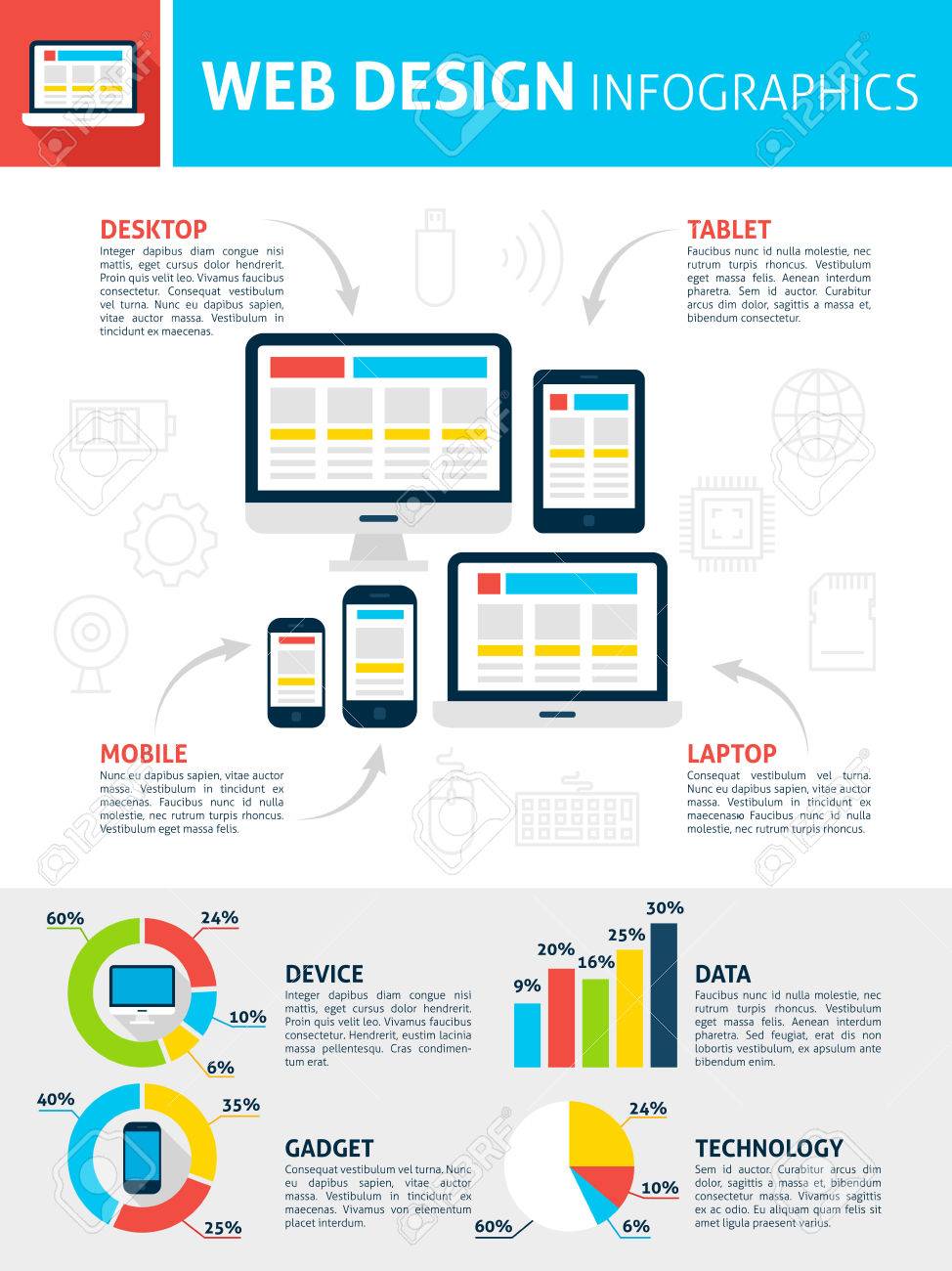Crafting A User-Friendly Internet Site: Approaches And Strategies For Web Design Success
Crafting A User-Friendly Internet Site: Approaches And Strategies For Web Design Success
Blog Article
Web Content Develop By-Martinsen Holgersen
Master the art of web design by focusing on user experience. Craft instinctive navigating and opt for mobile optimization to boost the surfing experience. Make certain very easy navigating with clear headings and enticing visuals. Focus on mobile responsiveness for a regular individual experience. By integrating these essential design principles, you can develop a straightforward web site that mesmerizes site visitors.
Essential Layout Concepts
When developing a website, prioritize individual experience above all else. Your main objective should be to produce a smooth and satisfying experience for your visitors. Beginning by ensuring that your web site is easy to navigate. Use clear headings, arranged food selections, and user-friendly buttons to lead individuals via your content effortlessly. Keep in mind, simplicity is crucial. Avoid littering your web pages with unnecessary aspects that can overwhelm or puzzle your target market.
One more essential design principle is to make certain your web site is aesthetically appealing. Choose a cohesive color design, premium pictures, and readable typefaces to enhance the total appearance of your site. Consistency is essential in developing a solid brand identity and making your web site much more remarkable to customers.
In addition, focus on mobile responsiveness. With even more people browsing the net on their smart devices and tablets, it's vital that your web site looks and works well on all gadgets. Examine search engine optimization and marketing on different screen sizes to guarantee a smooth experience for all customers. By concentrating on these essential design concepts, you can develop an easy to use web site that keeps site visitors returning for more.
User-Focused Navigation
To enhance customer involvement and improve their surfing experience, focus on developing user-friendly navigating paths that assist visitors perfectly through your website. Clear and efficient navigation is essential for aiding customers locate the information they require quickly and efficiently. Begin by maintaining your food selection structure easy and understandable. Usage descriptive tags that plainly show what web content can be discovered under each food selection alternative. Furthermore, consider carrying out dropdown menus for subcategories to stop overcrowding the main navigation bar.
One more vital facet of user-focused navigation is using breadcrumbs. Breadcrumbs are an additional navigating help that reveals individuals their existing area on the site and allows them to easily navigate back to previous pages. website search design is especially practical for users who enter your site with a deep web link or an online search engine outcome.
In addition, integrating search performance plainly on your web site can better enhance individual navigation. A search bar enables customers to promptly locate certain content without having to click via numerous pages. Ensure that your search bar is quickly visible and obtainable on every page of your site for maximum usability. By https://pamplinmedia.com/pt-adv-insiders/550041-440263-skip-the-sunblock-come-cool-down-at-lloyd-center-ice-rink- -focused navigation techniques, you can create a much more instinctive and delightful browsing experience for your visitors.
Mobile Optimization Techniques
Take into consideration enhancing your website for mobile devices to ensure a smooth individual experience across various display dimensions. Mobile optimization is important in today's digital landscape where a substantial portion of net surfing happens on smartphones and tablet computers.
To improve mobile usability, begin by applying receptive design techniques. This approach enables your website to adapt to different screen dimensions, keeping functionality and appearances.
Focus on maximizing filling times for mobile users. Slow-loading sites can deter visitors and influence your search engine positions. Press photos, decrease HTTP requests, and take advantage of internet browser caching to improve filling rate. Additionally, focus on material power structure for mobile displays. Make certain that necessary info is plainly presented, and navigation is intuitive, promoting simple accessibility to key sections.
Make use of touch-friendly elements such as bigger buttons and streamlined kinds to help with communication on smart phones. Conduct complete testing across different mobile systems to identify and rectify any usability concerns.
Final thought
Finally, grasping the art of web design is important for developing an easy to use site. By incorporating important layout principles, user-focused navigating, and mobile optimization strategies, you can make sure a smooth and pleasurable experience for your site visitors.
For example, a local pastry shop saw a 30% boost in on-line orders after revamping their web site to be extra user-friendly and mobile-responsive. Bear in mind, a properly designed web site can make all the distinction in attracting and maintaining clients.
